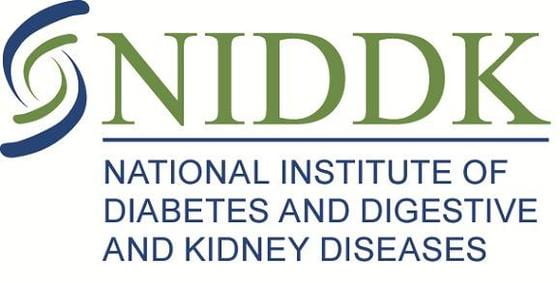Funding Agency:
NIH / NIDDK
Grant No:
P01 DK096990
Title:
New Therapies for Liver Fibrosis and Hyperproliferation in Alpha1-AT Deficiency

Abstract:
This program project will discover and test novel compounds as potential therapeutic agents, as well as test and discover signaling pathways as potential modifiers, of liver disease due to α1antitrypsin deficiency (ATD), one of the most common genetic causes of liver disease and a frequent indication for liver transplantation. The program project grew out 4 collaborations: collaboration between Drs Perlmutter and Silverman showed that, by enhancing autophagic degradation of mutant ATZ, carbamazepine and phenothiazines could reduce hepatic ATZ load and fibrosis in the PiZ mouse model of ATD, and therein provided evidence that endogenous proteostasis mechanisms could be targeted for therapeutics; collaboration between Drs Silverman and Perlmutter using a newly developed C. elegans model of ATD and a high-content screening platform generated a powerful engine for discovery of additional drugs and modifiers; collaboration between Drs Bahar, Silverman and Perlmutter has added computational pharmacological strategies to potential drug discovery for ATD; collaboration between Dr. Fox and Perlmutter has shown that transplanted hepatocytes will re-populate the liver of the PiZ mouse model of ATD and that iPS-derived hepatocytes (iHeps)can model personalized variations in the liver disease phenotype of ATD, providing the basis for use of iHeps for `humanized’ mouse models of ATD with the ultimate goal of personalized medicine for ATD. The 3 projects include: 1) testing of novel drug and genetic modifier candidates in mammalian cell line and mouse models of ATD (PI-Perlmutter); 2) use of the C. elegans model of ATD to discover new drugs and modifiers (PI-Silverman); 3) repopulation studies using a new immune- deficient PiZ mouse model and iPS cell lines to develop `humanized’ mice that model ATD together with host-specific modifiers (PI: Fox). The 3 cores include: A) Cell and Tissue Imaging (PI- Fitzpatrick); B) Computational Pharmacology (PI-Bahar); C) Genome Engineering (PI-Milbrandt). This outstanding group of investigators will use existing and develop novel model systems which together with sophisticated drug discovery tools, pathologic and genomic techniques will lead to new drugs and druggable targets for ATD.